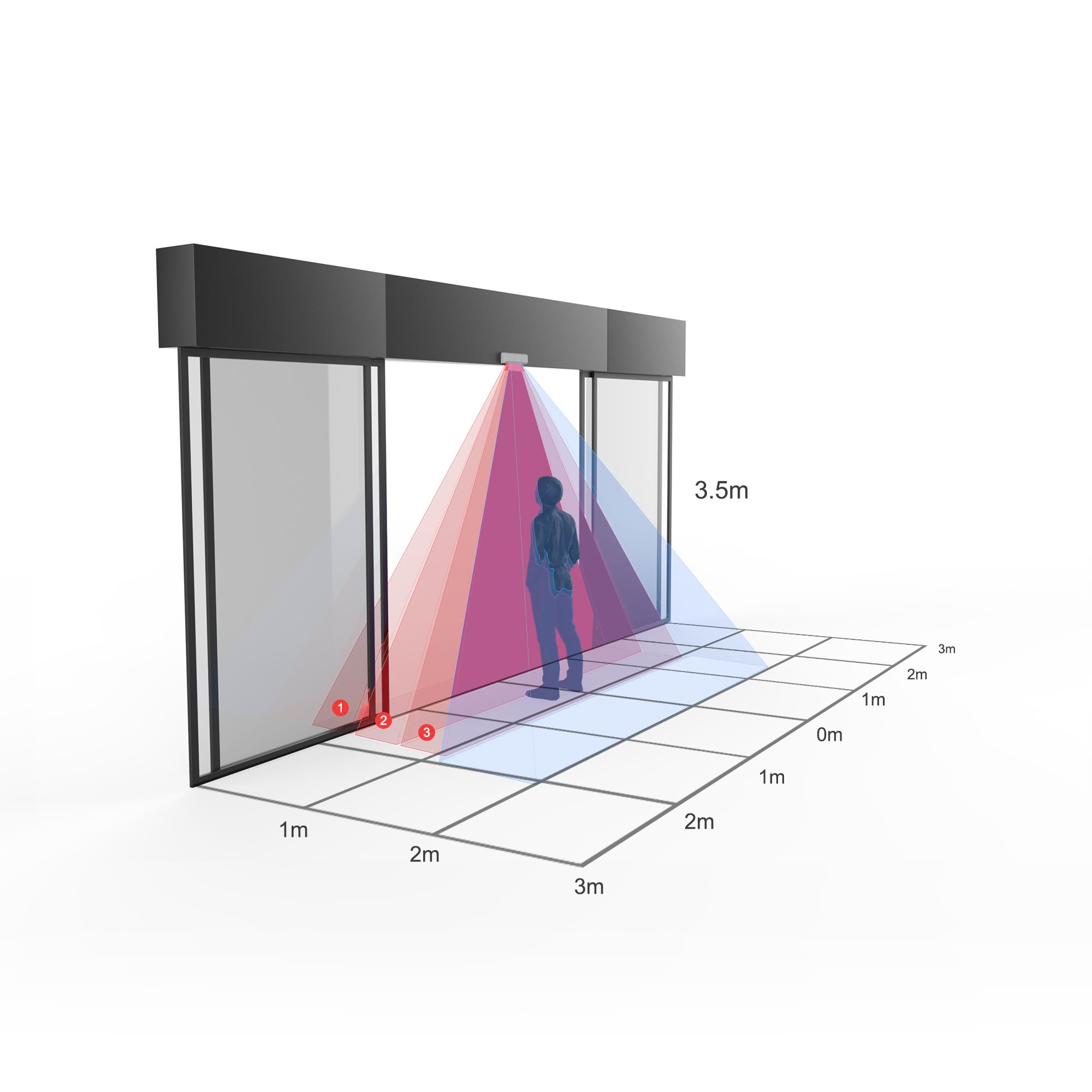What are the trends in design and technology that are influencing manufacturers of automatic swing door sensors?
The manufacturing of automatic swing door sensors has been significantly influenced by recent advancements in technology and shifts in design preferences. These trends are shaping how doors operate, how they integrate into modern infrastructures, and how they meet increased demands for safety, efficiency, and aesthetics. This article explores some of the key trends in design and technology that are influencing manufacturers of these crucial components.

1. Integration of IoT and Smart Technology
One of the most impactful trends is the integration of the Internet of Things (IoT) and smart technology into automatic swing door sensors. Sensors are becoming more sophisticated, capable of not only detecting presence but also connecting to building management systems. This integration allows for real-time data analytics, remote management, and predictive maintenance. For example, sensors can now track the number of times a door opens and closes, which helps in predicting wear and tear and scheduling proactive maintenance without waiting for a breakdown.
2. Increased Emphasis on Energy Efficiency
As global emphasis on sustainability grows, manufacturers are increasingly focusing on developing energy-efficient sensors. Modern automatic swing doors are designed to minimize energy consumption by optimizing opening and closing times, thus reducing air exchange and helping maintain building temperature. Additionally, sensors are being designed to operate with minimal power usage, and some are even equipped with energy-harvesting technologies, such as solar panels.
3. Enhanced Safety Features
Safety remains a paramount concern in the design of automatic swing door sensors. Manufacturers are continually enhancing the sensitivity and reliability of sensors to prevent accidents and injuries. Technologies such as laser scanning and computer vision are being employed to create a more accurate and responsive detection field. These technologies can differentiate between an inanimate object and a human, reducing false triggers and improving safety.
4. Adaptation to Diverse Environmental Conditions
Automatic swing doors are used in a variety of environments, from hospitals and schools to commercial buildings and industrial settings. Sensors now must be versatile enough to function reliably under different environmental conditions, including variations in temperature, humidity, and exposure to elements. Manufacturers are utilizing robust materials and advanced engineering to ensure that sensors can operate effectively whether indoors or outdoors, in dusty or moist conditions.
5. User-Centric Design and Accessibility
There is a growing trend towards user-centric designs that focus on the ease of use and accessibility. This involves making doors easier to operate for people with disabilities or limited mobility. Sensors are becoming more adaptive and sensitive to slower movements, and some are even equipped with customizable settings to accommodate specific user needs.
6. Aesthetic Integration
Modern architecture demands that functional components like automatic swing doors also have aesthetic appeal. Sensors are being designed to be less obtrusive and blend more seamlessly with their surroundings. Manufacturers are focusing on smaller, more compact sensors that can be embedded within door frames or finished in materials that match the door or the building’s interior design.
7. Advanced Connectivity and Communication
As part of the broader trend towards smart buildings, door sensors are increasingly equipped with capabilities for advanced connectivity and communication. This includes Bluetooth, Wi-Fi, and NFC, allowing doors to interact with smartphones, wearable devices, and other building systems. This connectivity not only enhances user convenience but also enables better security protocols, such as integrating door operations with access control systems.
Conclusion
The trends influencing the design and technology of automatic swing door sensors reflect broader shifts towards smarter, safer, and more sustainable building practices. As manufacturers continue to innovate in response to these trends, automatic swing doors are becoming more integral to the intelligent infrastructure of modern buildings, enhancing both functionality and user experience.







